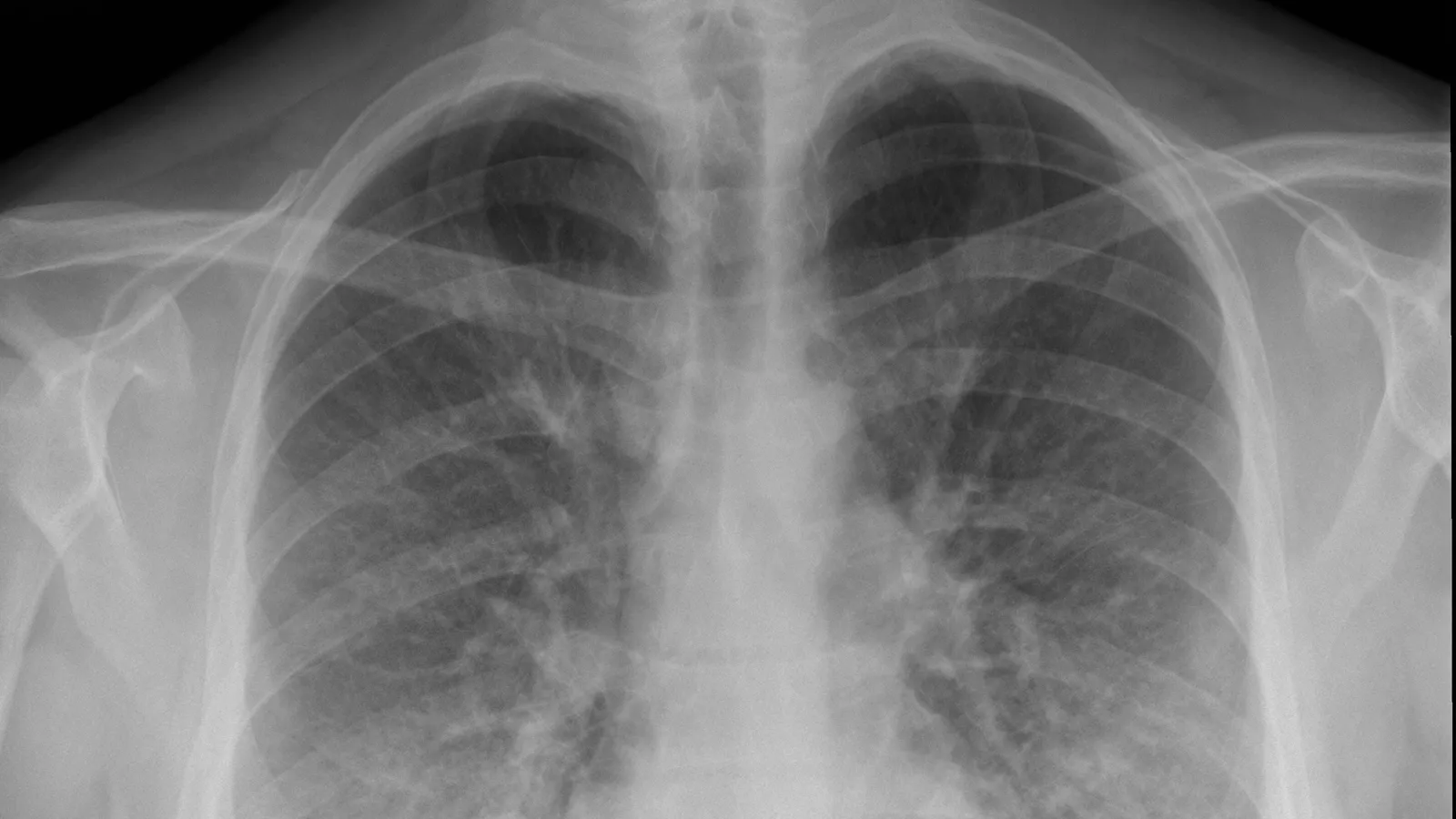E-cigarette, or Vaping, Product Use-Associated Lung Injury (or EVALI) is a serious lung disease linked to vaping devices, primarily THC-containing products from informal or black-market sources. The U.S. Centers for Disease Control and Prevention (CDC) first started tracking EVALI in the summer of 2019, when large numbers of people with a history of using such products began showing up in emergency rooms reporting difficulty breathing. The CDC recorded 2,807 hospitalizations and 68 deaths between March 2019 and February 2020. The crisis peaked at more than 200 weekly cases in September 2019.
The signs and symptoms of EVALI appear to vary from person to person, though nearly all people with the condition report breathing issues (95%). According to the CDC, those with EVALI generally experience some combination of the following symptoms: shortness of breath; coughing; nausea and/or vomiting; chest pain; weight loss; fever; and chills. For some people, symptoms come on quickly—in a matter of days—while others notice them develop over a longer time.
Many questions remain about all of the potential causes of EVALI, but the CDC has concluded that vitamin E acetate—an additive that has been sometimes used to dilute black-market THC vaping cartridges—is “strongly linked to the EVALI outbreak.” This conclusion is based on evidence from several laboratory studies conducted by CDC researchers identifying vitamin E acetate in the lungs of EVALI patients, including in all 29 patients analyzed in a November 2019 study and 48 of 51 patients analyzed in a December 2019 study (but none of the 99 healthy participants in a comparison group).
Additional research supports this conclusion. A Minnesota-based study found that vitamin E acetate was detected in all illicit THC cartridges seized by the state’s law enforcement agencies in 2019 but none of those seized in 2018—suggesting that the timing of the introduction of vitamin E acetate to the illicit THC cartridge supply chain lines up with the timing of the EVALI outbreak. In addition, there were much lower rates of EVALI in states with legal recreational marijuana (despite similar rates of vaping), and there was an apparent absence of epidemics in other countries with comparable rates of vaping where illicit THC cartridges are not prevalent.

Despite the substantial evidence pointing to vitamin E acetate, it is difficult to rule out the possibility that one or more additional hazardous chemicals apart from vitamin E acetate contributed to the toxicity of illicit THC cartridges, especially considering the lack of regulation and tendency toward unscrupulous conduct within this black market.
Importantly, a substantial amount of EVALI patients (14% at last count, though perhaps lower if you include only those rigorously tested) reported exclusive nicotine vaping. A study that specifically investigated “suspected” EVALI cases (those with EVALI-like symptoms who needed more testing to rule out other conditions) among self-reported exclusive nicotine users found that two minors admitted to using THC cartridges in a subsequent interview when their parents were not present. This suggests that self-reports may lead to an undercount of THC use, especially among minors. That study also found that those who reported exclusive nicotine vaping were much less likely to be “confirmed” as EVALI cases — meaning testing ruled out all other likely causes —and there were no “confirmed” cases among the nine suspected EVALI patients with no evidence of THC use of any kind (including both self-reports and laboratory tests). While these results suggest that nicotine products were not a primary cause of EVALI, a potential role for nicotine products cannot be entirely ruled out given the relatively small number of exclusive nicotine users included in the analysis.
The EVALI epidemic should be extremely concerning for both regulators around the world and for individuals who vape or might consider doing so. The obvious direct implication is that there are very real, short-term dangers associated with illicit THC products in the United States. However, the deeper lesson is that there are inherent short and long-term risks associated with introducing untested and unregulated products of uncertain toxicity to the very sensitive tissues of the lungs and respiratory system through vaping. A product such as vitamin E acetate would not have appeared on its face to be likely to cause acute injury and death. But so long as products are introduced to the market with minimal or no pre-market analysis of the dangers they might pose, there will continue to be the potential for unpleasant surprises with disastrous consequences.